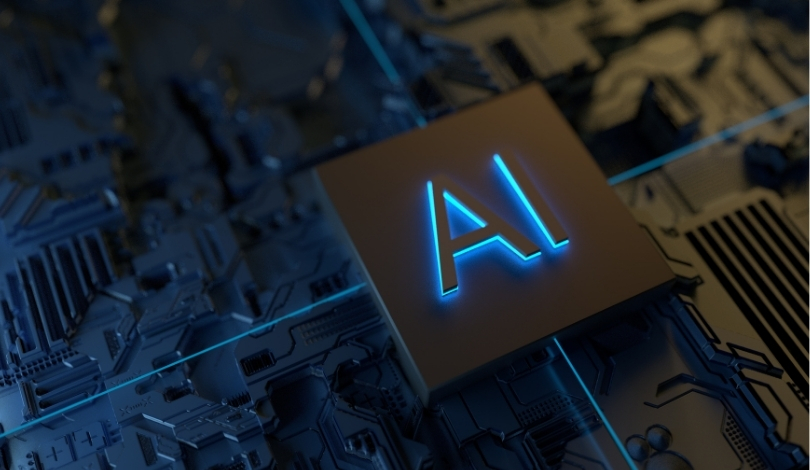Japan stands at the intersection of regulatory rigor and rapid technological advancement as it seeks to carve out a global leadership position in artificial intelligence. Prime Minister Sanae Takaichi’s administration is championing a multifaceted strategy, pulling together international partnerships, domestic regulatory action, and private sector engagement. As leading companies like OpenAI and Anthropic establish regional headquarters, the AI ecosystem in Japan is expanding with both Western and homegrown solutions. Japanese corporations are not only adopting but also tailoring AI tools to meet the country’s unique linguistic and cultural requirements, showing a pragmatic commitment to digital modernization.
Earlier coverage often highlighted Japan as trailing behind the US and China in AI innovation, focusing on the lack of large-scale proprietary language models and notable regulatory hurdles. In recent months, however, accounts of Japan’s AI landscape have shifted to reflect a surge in both government ambition and private-sector investment, notably with the introduction of highly localized models such as NTT’s Tsuzumi 2. Unlike in the previous decade, Japan’s public and private stakeholders are now driving collaborative projects that emphasize domestic control over data and infrastructure. This recent approach marks a distinct move toward an AI development track tailored specifically to local corporate and cultural needs, diverging from earlier strategies that prioritized international imports.
How Are Global and Local Leaders Shaping Japan’s AI Landscape?
OpenAI and Anthropic have expanded their footprints in Japan by launching local offices and working alongside Japanese regulators. Their flagship products, ChatGPT and Claude, have been customized for the Japanese market and are being integrated into workflows at prominent firms such as Rakuten, Daikin, and Panasonic. These collaborations underscore Japan’s status not just as a user of imported technologies, but as a key participant in the development and adaptation of cutting-edge AI systems.
What Sets Japanese LLMs Apart from Global Counterparts?
While global large language models (LLMs) often struggle with non-English text, Japanese companies are investing in specialized alternatives. NTT’s recent launch of Tsuzumi 2 is a direct response to the demand for culturally attuned and privacy-conscious AI tools. The firm says the model outperforms Western rivals like GPT-5 and Claude 3.5 in Japanese-language reasoning and operates efficiently, even on basic hardware.
“Tsuzumi 2 fills that gap,”
remarked Jan Wupperman, NTT’s SVP, referring to the model’s ability to handle Japanese linguistic nuances.
“We don’t aim to compete with GPT-5. Our philosophy with Tsuzumi 2 is to create small, task-optimized models trained across generic knowledge, industry knowledge and client-specific knowledge,”
he added.
Could Quantum Technology Become the Core of Japan’s AI Strategy?
Japan is exploring quantum computing as a way to address the power and hardware bottlenecks affecting AI development. In collaboration with OptQC, NTT is pursuing optical quantum systems that operate at room temperature, potentially offering greater efficiency and lower energy consumption than traditional chip-based technologies. This initiative aims to make large-scale AI model training and advanced simulations more feasible within Japan’s infrastructure. As these quantum systems evolve, they could make the country’s AI ambitions more sustainable and globally competitive.
Japan’s realignment toward fostering homegrown AI innovation is a notable pivot from earlier years when the country mainly relied on imported tech. By prioritizing models like Tsuzumi 2 and experimenting with hybrid quantum-classical architectures, Japan is investing in technological sovereignty. Companies operating in linguistically unique markets may find value in these developments, as they offer a blueprint for balancing efficiency, privacy, and local relevance. Firms seeking to leverage AI in Japan or similar contexts should keep an eye on the outcomes of these localization and quantum integration strategies—especially as both the competitive landscape and regulatory frameworks evolve. Ultimately, the intersection of policy support, local engineering, and advanced infrastructure will likely determine the extent of Japan’s global AI footprint in the coming decade.








